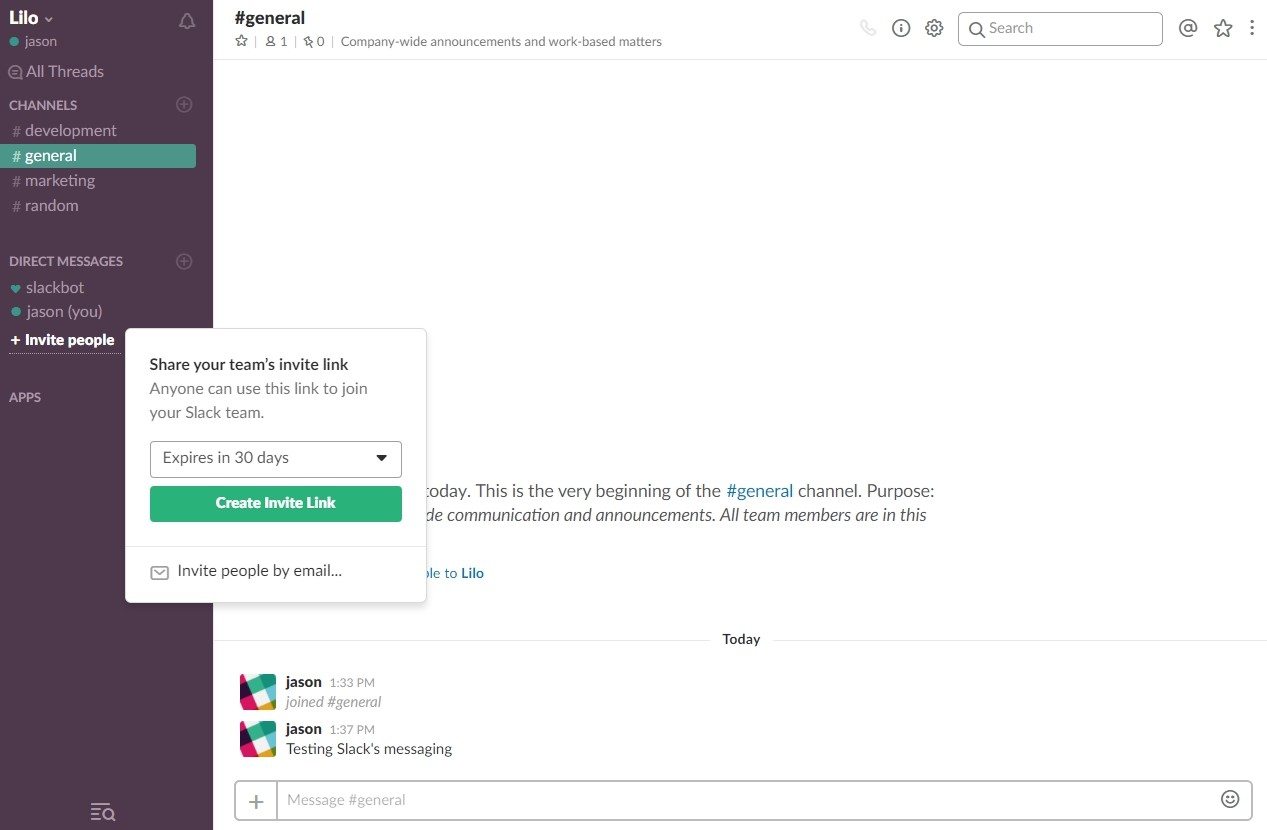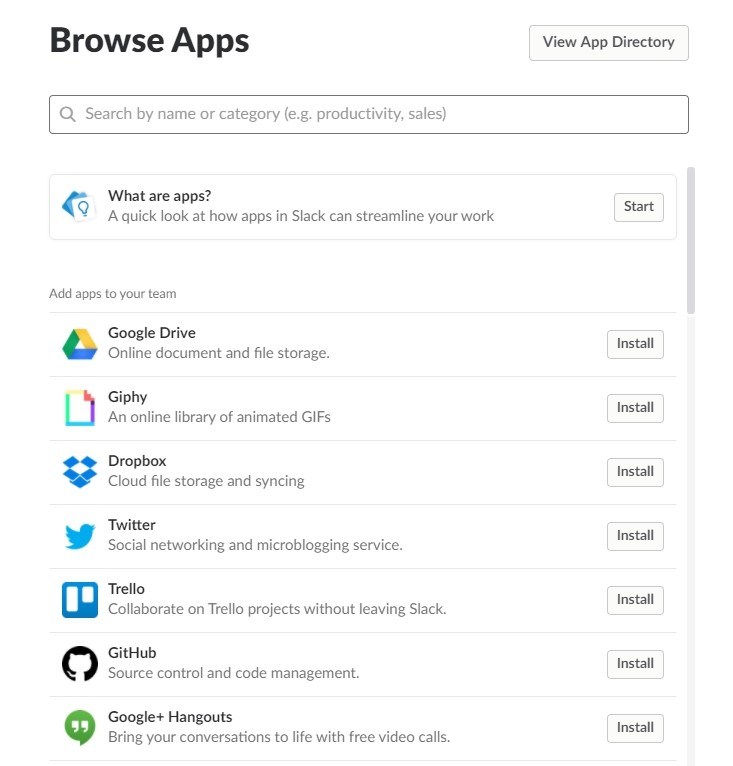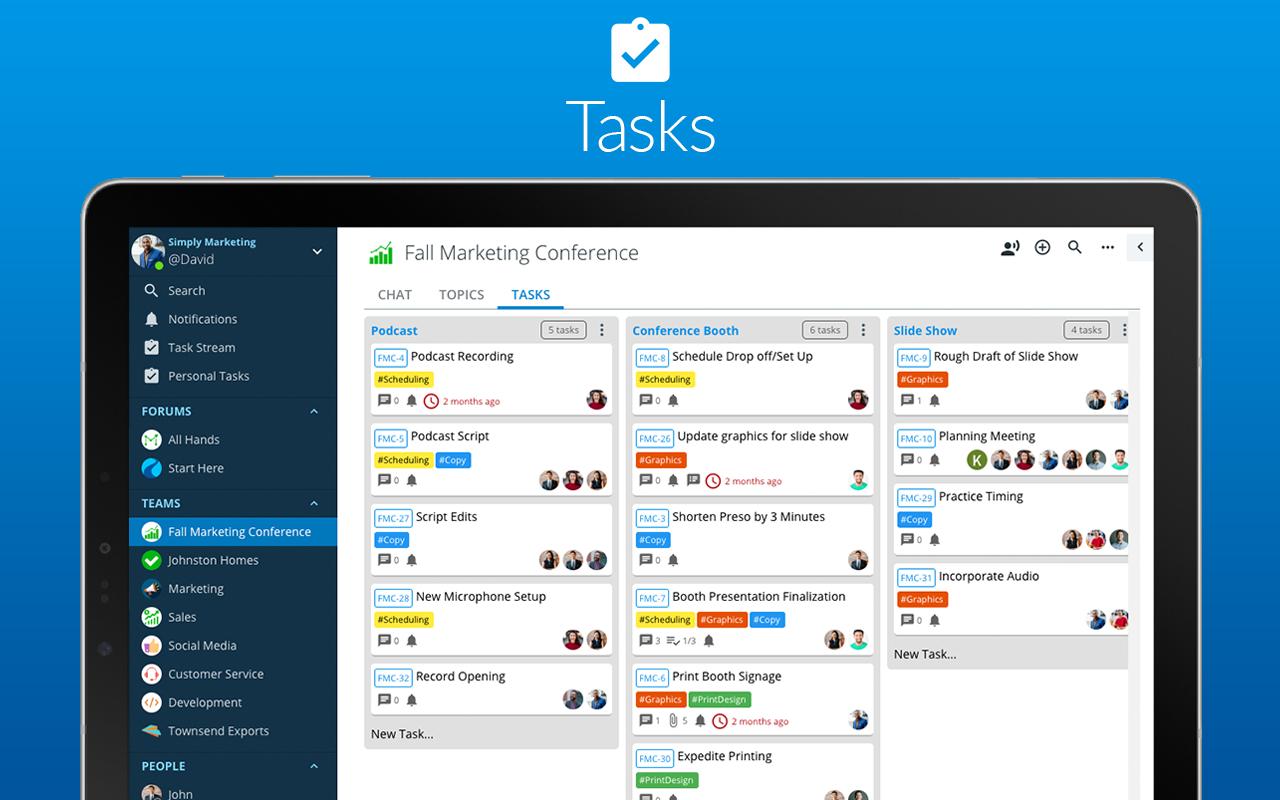
In recent weeks, many businesses have switched to remote working, prompted by concerns about the spread of Coronavirus. If you’re adjusting to the present new way of working, it are often challenging to stay track of your team’s progress accurately.
Chances are, your inbox is being flooded with emails from multiple sources about your current projects, and every mail covers different aspects. Meanwhile, you’re getting calls and texts from your colleagues and clients, eager to know the status of various tasks.
This can become overwhelming and unmanageable, and that’s when mistakes and miscommunications start to happen. We’re only human in any case – we stress, we forget, we get things wrong. Luckily, we sleep in an age where assistance is a couple of keyboard strokes away.
If you and your team work from home due to Coronavirus concerns, here are some useful tools that can help you more easily make the transition to remote work. Attractive Web Solutions
1) Trello
Trello is a superb project management tool – easy to use and very versatile. Whether you’re performing on knowledgeable or personal project, you’ll remember of everything that’s happening with Trello’s simple layout.
Each project is presented by what they ask as a “board”. Each board can have a “team” allocated thereto , so you'll found out your staff in relevant groups or teams to figure on the proper projects.
Once you’ve found out a board and allocated a team, then it’s onto listing what must be finished the project. Each “List” is represented as a column, and within an inventory you create “cards” for every task that must be performed within that section.
On each card, you can:
- Add more members
- Add comments, labels, checklists or attachments
- Specify due dates
When a task is completed, it are often archived. Or if you would like it to be visible, we propose creating a “Done” or “Completed” list, and easily drag that task across. When team members are set to a task, they're going to be sent a notification.
As you'll see, Trello makes it simple to organise tasks, and lays it all call at an easy-to-view manner.
Don’t worry if your team is on the go, because you'll sync all information to the Trello app for iOS and Android. Plus, if your workplace uses Slack for communication, Trello are often integrated to feature more functionality to your project management.
2) Basecamp
Basecamp can almost be considered an old-timer within the realm of project management software. It’s been around since the late 90s, and still going strong with over 100,000 paid users.
Like other project management software, Basecamp is about putting all communication in one place. There are three main components:
- The Basecamp HQ – For catching up with your own employees or colleagues, this is where all internal discussions take place.
- Teams – Naturally this is where your various teams and members are organised in any way you want to. Create a design, development or doughnut procurement team – whatever suits your company or project set up.
- Projects – Where all of your various projects are listed and detailed.
In each of these main three sections, you’ll find the following core tools at your disposal:
- Campfire – A chat room where you can quick informal conversations with your team(s).
- Message Board – Are there updates or important announcements relating to the project? This is where you’ll post them.
- To-Dos – Where the work is laid out for the team, and everybody can see what their responsibilities are.
- Schedule – The team needs to be aware of all deadlines, which they can view here. You can also list project milestones.
- Docs & Files – All project assets can be uploaded.
3. Slack
Slack differs from the all-in-one project management software therein it focuses purely on communication, while letting you employ tools you're already utilizing. consider it as a talk application for the workplace.
All of your conversations are organised into “Channels”. you'll found out a channel for love or money – a selected team, a project, or perhaps one for every office location in your company. It’s all up to you.
In a Channel, all members simply use text chat to stay everybody up so far about their projects, to be viewed and replied to by all other team members.
You can also share files directly during a Channel, including images, PDFs, spreadsheets and more. It’s as easy as simply dragging the file from your PC into Slack, selecting which Channel it’s for, and uploading. Optional comments are often made with each upload. Your team members also can leave comments thereon file.
If you’re trying to find more private conversations, Channels are often created on an invite-only basis. you'll also send individuals direct messages which only they will view.
And all Slack content is searchable, including conversations and files (including file contents).
Again, this is often another piece of software that simplifies conversation at the workplace, without having to look or flick through long lists of tedious emails to seek out the knowledge you would like .
Another added feature is that you can integrate some of the workplace tools you are already using. See the Slack app directory for the complete list of compatible apps.
4) Ryver
Ryver may be a free alternative to Slack. Yes, completely free, and strangely (for this sort of business model), also 100% ad-free.
Although they're careful to not tout their product as a “Slack killer”, they are doing highlight a number of the paid restrictions of their biggest competitor, such as:
- Limited searches (10,000);
- Limited space for storing for files (5GB);
- Having to buy guests to access your channels;
- Ryver does away with those limitations.
There are plans underway to release different Ryver products, opening up more features and also offering an enterprise-level solution.
5) Zoom
Zoom may be a video communications platform that permits you and your team to participate in video and audio conferences, webinars and online chats. they provide a full-featured Basic Plan freed from charge, which allows unlimited meetings within a 40-minute cut-off time. There also are paid options available.
The Zoom platform aims to form conferencing quicker, easier ad more agile. Your team members can easily start, join and collaborate across any device, at any time. Zoom Meetings will sync together with your calendar system to stay you up so far on upcoming meetings.
You will even be ready to record your Zoom meetings locally or to the cloud, with searchable transcripts. The platform offers end-to-end encryption for all meetings, ensuring a secure and confidential environment.
6) Skype
Skype may be a telecommunications application that gives free online calls and messaging, also as affordable international calling to mobiles or landlines.
Millions of people and corporations round the world use Skype to form video and voice calls, send instant messages and share files. Calls are often made across multiple devices, including computers, tablets and mobile phones, the Xbox One console, and smart watches.
7)File Storage / Collaboration
If you’re not trying to find an “all in one” solution, then you’ll got to make use of other tools to share your files for your team. And not everything has got to break the bank. There are variety of tools that have basic free versions available, with certain limitations.
Google Drive
8)Google Meeting
Google’s premium video calling is now free for everyone. Try Google Meet. Hold meetings on the go, virtual training classes, remote interviews, and more. Record And Save Meetings. Live Closed Captions. Anti-Abuse Features.







